Hawaii’s Mauna Loa, the World’s Largest Active Volcano, Is Erupting—Here’s What Happens Now
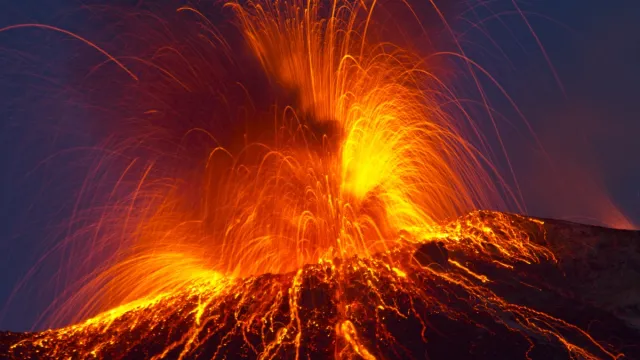
Within Hawaii Volcanoes National Park is the world’s largest active volcano, Mauna Loa. Covering half of the island of Hawaii, Mauna Loa rises approximately 2.5 miles above sea level, with its summit around 10.5 miles above its base on the sea floor, according to the United States Geological Survey (USGS). Now, the massive volcano is erupting for the first time in almost 40 years, prompting officials to issue alerts about the potential implications to resident and travelers. Read to find out what the eruption of Mauna Loa means for you.
READ THIS NEXT: U.S. National Parks Are Getting Rid of This for Visitors, Starting Now.
Mauna Loa’s eruption began Sunday evening.
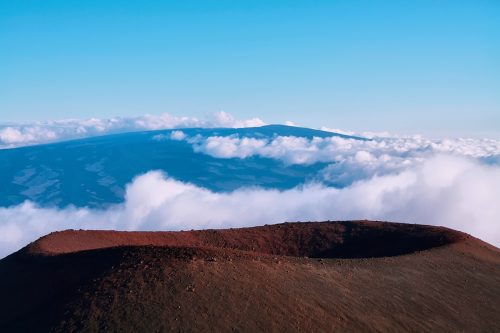
At 11:45 p.m. Hawaii Standard Time (HST) on Nov. 27, USGS issued a Hawaiian Volcano Observatory (HVO) Status Report via the Hazard Notification System (HANS) for Volcanoes, confirming that an eruption began at 11:30 p.m. in Moku‘āweoweo, which is the volcano’s summit caldera. In response to the eruption, “residents at risk” were urged to “review preparedness,” as both the volcano alert level and aviation color code were raised to advisory and red, respectively.
The eruption continued into Monday, per a second status report issued at 2:43 a.m. HST on Nov. 28. At that time, the eruption was still restricted to the summit area, but lava flows were visible from the city of Kailua-Kona, with resident Matthew Liano telling CNN, “The glow is like nothing I’ve seen here living in Kona for most of my life.”
A separate warning was issued by the National Weather Service.
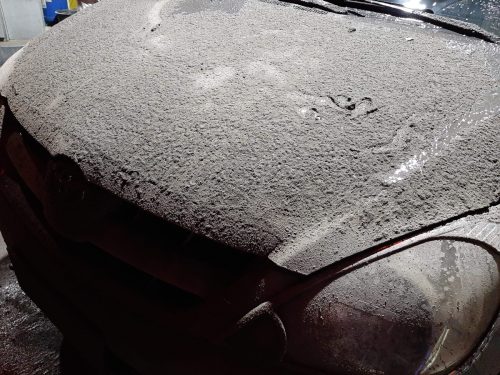
As of Monday morning, the Hawaii Tourism Authority (HTA) confirmed that downhill communities were not currently threatened and the eruption wasn’t affecting flights to Hawaii. However, the National Weather Service (NWS) in Honolulu issued an ashfall advisory for all of Hawaii island until 10 a.m. HST, or 3 p.m. EST.
“Up to a quarter-inch of ash is expected around and downwind of Mauna Loa,” the tweet reads. According to the NWS in Honolulu, winds can carry fine ash—including Pele’s hair, thin glass fibers formed by gas in the eruption—and volcanic gas downwind.
“People with respiratory illnesses should remain indoors to avoid inhaling the ash particles and anyone outside should cover their mouth and nose with a mask or cloth,” the NWS Honolulu office wrote in the tweet. Crops and animals also have the potential to be harmed by ashfall, and residents may experience “minor equipment and infrastructure damage” as well as reduced visibility. The eruption and resultant ashfall could also necessitate a “widespread cleanup,” the NWS said.
RELATED: For more up-to-date information, sign up for our daily newsletter.
The eruption could become more serious.
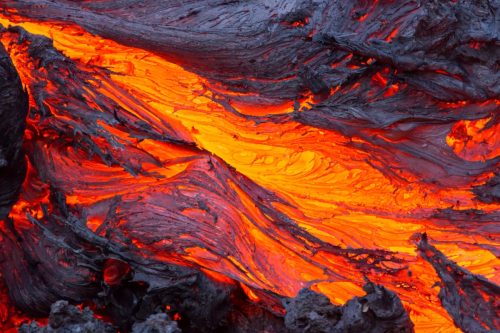
The Hawaii Volcano Observatory received reports “of lava overflowing into the southwest portion on the Mauna Loa caldera” on Monday morning, but no evacuation orders are in place, and the Hawaii Emergency Management Agency (EMA) confirmed that “there are NO indications that it threatens populated areas.” However, while the eruption is currently under control, officials warn that circumstances can change quite quickly at Mauna Loa.
“Based on past events, the early stages of Mauna Loa eruption can be very dynamic and the location and advance of lava flows can change rapidly,” the Nov. 27 notice reads. “If the eruption remains in Moku‘āweoweo, lava flows will most likely be confined within the caldera walls. However, if the eruptive vents migrate outside its walls, lava flows may move rapidly downslope.”
Illustrating this, the last time the Mauna Loa erupted in March 1984, the eruption also began in the summit, following its longest “quiet” stretch in history. The eruption progressed the following day, threatening the Kulani Prison and later the large city of Hilo, per the NPS. Thankfully both were spared, as output from Mauna Loa’s vents slowed in the first few days of April, with the eruption declared over on April 15, 1984.
The eruption affects the national park, too.
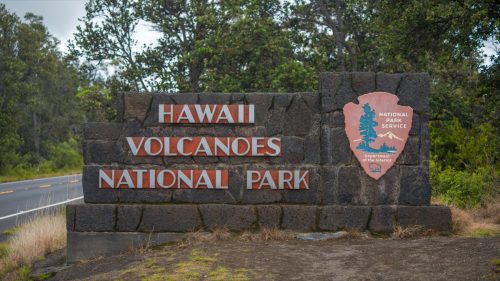
Due to the eruption, the National Park Service (NPS) closed Mauna Loa from the Kīpukapuaulu Trail at Hawaii Volcanoes National Park, extending to the summit caldera. The main section of the park remains open.
The summit itself has been closed to backcountry hikers since Oct. 5 “due to elevated seismic activity on Mauna Loa,” the park system stated. On Oct. 28, the Hawaii County Civil Defense Agency warned that 36 small earthquakes were detected in a 24-hour period and Mauna Loa was in a continued “state of heightened unrest,” per the USGS.